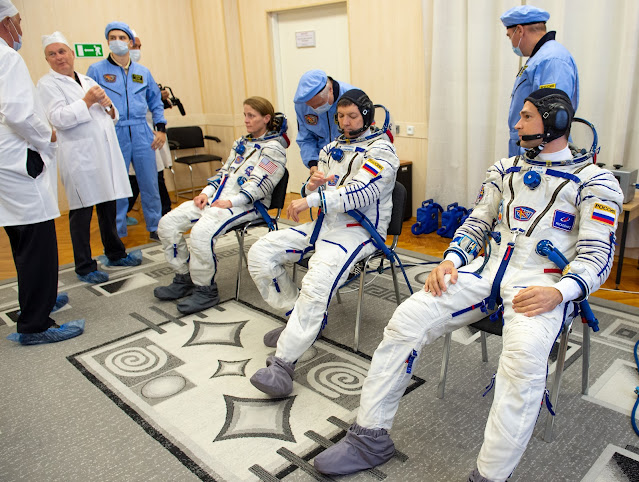NASA's Mars Perseverance Rover Rock Samples: The Stories They Could Tell | JPL
What secrets could we unravel by studying Mars samples in state-of-the-art labs on Earth? Scientists around the globe are eager to find out.
As of late fall 2023, NASA's Perseverance Mars rover has collected 21 scientifically selected samples of Martian rock, which scientists believe may hold extraordinary evidence to help answer centuries-old questions like—“Did life ever exist on Mars?” and “How did the Red Planet evolve over time?”
The Perseverance rover has collected a diverse set of samples, including:
• Sedimentary rocks, which are good at preserving ancient life
• Igneous rocks, which can tell us about the early evolution of Mars
• Regolith, which can provide insight into the global and local landscape of Mars
Through a series of future missions called Mars Sample Return, these samples could be brought to Earth for in-depth study and could help astrobiologists in their search for signs of ancient microbial life on the Red Planet.
Considered one of the highest priorities by the scientists in the Science and Astrobiology Decadal Survey 2023-2032, Mars Sample Return would be the first mission to return samples from another planet and provides the best opportunity to reveal the early evolution of Mars, including the potential for ancient life. NASA is teaming with European Space Agency (ESA) on this important endeavor.
Read about all the carefully selected samples: https://mars.nasa.gov/mars-rock-samples
Learn more about the Mars Sample Return campaign: https://mars.nasa.gov/msr
Credit: NASA/JPL-Caltech/ESA/GSFC/MSFC/JSC/MAVEN/Lunar and Planetary Institute
Images: NASA/JPL-Caltech/MSSS
Mastcam-Z images: NASA/JPL-Caltech/ASU/MSSS
Duration: 3 minutes, 20 seconds
Release Date: Sept. 19, 2023
#NASA #ESA #Space #Astronomy #Science #Mars #RedPlanet #Planet #Astrobiology #Geology #PerseveranceRover #Mars2020 #MarsSampleReturn #MSR #JezeroCrater #Robotics #Technology #Engineering #JPL #UnitedStates #Europe #MoonToMars #STEM #Education #HD #Video

.jpg)
.jpg)

















